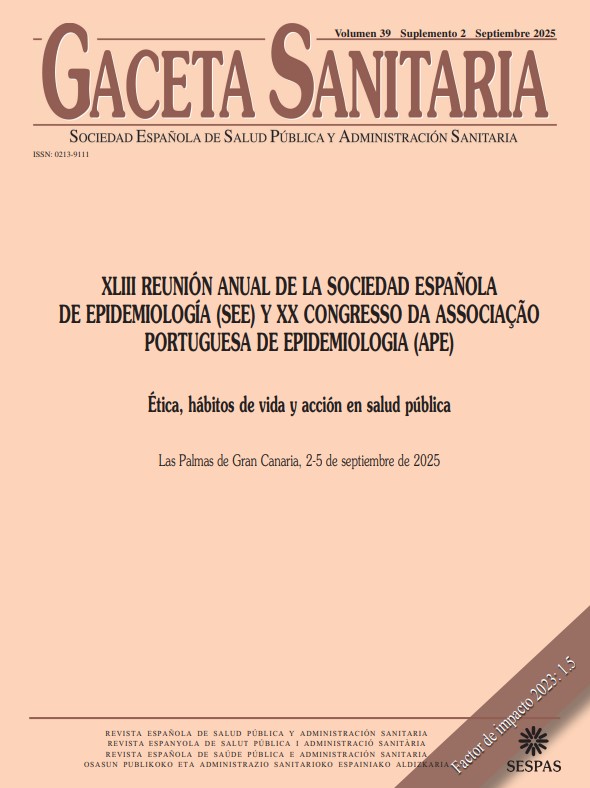416 - SARCOPENIC OBESITY IN PORTUGUESE OLDER ADULTS AND ASSOCIATION WITH CARDIOMETABOLIC OUTCOMES AND MORTALITY
EPIUnit-ITR, Instituto de Saúde Pública da Universidade do Porto.
Background/Objectives: Obesity is characterized by excessive fat mass (FM), but may also curse with decreased fat-free mass (FFM) –a condition defined as sarcopenic obesity (SO). We aimed to estimate the prevalence of sarcopenic obesity in Portuguese older adults, according to different criteria, and its associations with cardiometabolic outcomes and mortality, and to test whether SO confers risk, in addition to obesity or sarcopenia alone.
Methods: We analysed data from 768 participants aged #1 60 years, from a population-based cohort in Portugal (EPIPorto), with valid data on FM and FFM at baseline (1999-2003) or first follow-up (2005-2008). Four criteria of SO were used: SO1) obesity as BMI #1 30.0 Kg/m2 and sarcopenia as sex-specific mean of skeletal muscle mass index (SMI) < 1SD of the reference group (< 40 years); SO2) same sarcopenia definition and obesity as %FM proposed by Gallagher et al; SO3 & SO4) sarcopenia defined as a lower FFM than would be expected for FM by sex (new definition), and obesity according to BMI or FM, respectively. Associations with blood lipids, glucose and blood pressure in the second follow-up (2013-2015, n = 318) were estimated through linear regression (Std β; 95%CI), including the three variables (sarcopenia, obesity and SO) in the models. We also analysed all-cause mortality as an outcome, employing the Kaplan-Meier method to estimate the survival probabilities and the Log-Rank test to compare the survival curves between groups.
Results: The prevalence of SO in older adults was 0.7%, 0.1%, 8.1% and 2.1% for the four criteria, respectively. Using the new definition of sarcopenia with BMI (SO3), individuals with SO had higher mean levels of LDL-cholesterol, triglycerides, glucose and blood pressure, and lower HDL-cholesterol, compared to those individuals without obesity and without sarcopenia. In the regression models with the three variables, there was a significant association of SO3, after adjusting for obesity and sarcopenia variables, only for LDL-cholesterol (Std β 0.67 mg/dl; 95%CI 0.01;1.33). Regarding the survival analysis, there were no significant differences in survival according to SO3 (p = 0.2), but criterion SO1 showed significant differences (p = 0.038) in survival between the groups (SO, obesity only, sarcopenia only, none).
Conclusions/Recommendations: The new criterion developed to assess SO identified higher prevalence compared with the other criteria, and the SO3 criterion was associated with increased LDL-cholesterol. There was a direct association with all-cause mortality only for the SO criterion based on SMI and BMI (SO1).
Funding: UIDB/04750/2020; LA/P/0064/2020; 2022.11852.BD; CEECIND/01271/2018.















